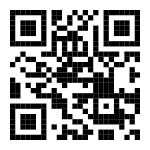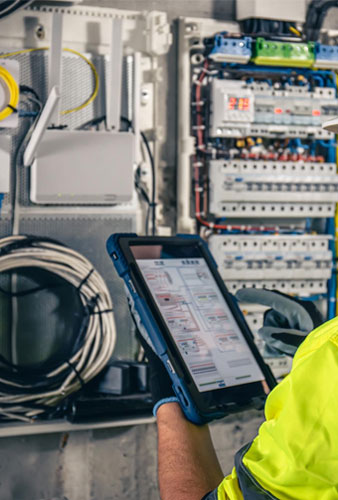Accurate Thermal Imaging
Thermography
Thermal imaging is indispensable for industries and businesses. Prevent downtime, identify failures, and facilitate proactive maintenance.

Beyond the Visible
Uncover hidden insights for reliability and returns
Unlock Meaningful Insights
Industrial Thermal Imaging
Explore the power of thermography with our cutting-edge thermal imaging that goes beyond the surface. We help you generate deep insights that allow you to reduce downtime and prevent failures.
Thermal imaging has applications in countless verticals. A thermal analysis is perfect for building inspection to unearth energy leakage, hidden dynamics of insulation, and ventilation issues.
We can also detect water leaks, electrical problems, and heating or cooling inefficiencies. Our meticulous approach to building thermography adds a layer of precision to construction and maintenance.
Thermography is also crucial for optimising electrical safety. It can uncover interferences, overloaded circuits, and more to ensure a safe environment.
Thermal imaging empowers you with the knowledge needed for informed decision-making.
The Power of Predictive Maintenance
An essential use of thermal imaging is enhancing system availability in business environments. We monitor equipment for signs of overheating and wear to facilitate predictive maintenance.
A proactive approach to maintenance prevents costly breakdowns. You can act on time and eliminate the possibility of disruptions in operations.
Safeguard your assets with our thermography service.
Data-Driven Decision-Making
NosVindico’s thermal imaging service is your proactive ally. It provides you with the data to make informed decisions for business success.
- Detect problems and failures early
- Plan and schedule maintenance to reduce downtime
- Remote monitoring for hazardous equipment
- Improve energy efficiency and cut costs
- Optimise equipment performance for best returns
- Achieve compliance standards
- Extend equipment lifespan
Build Customer Trust
Gain customer trust by proving yourself a pioneer in safety and preventive maintenance. Our thermal imaging service boosts your reputation and establishes you as a responsible player.
You can reduce insurance premiums and use our evidence in audits. Demonstrate your commitment to safety with NosVindico by your side.
Book Our Thermography Service Today
Contact us to learn how we can help. Our imaging service can come in handy in varying circumstances and situations. Let’s discuss your requirements to proceed.



